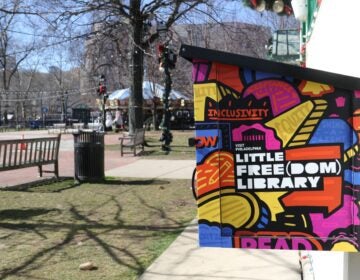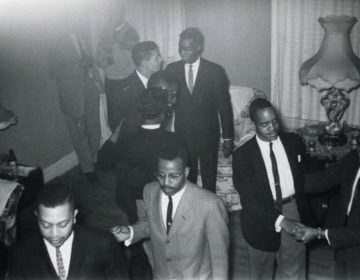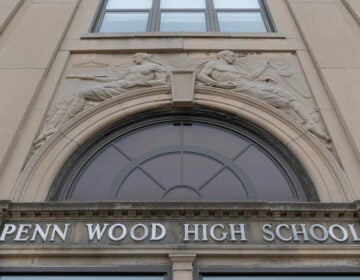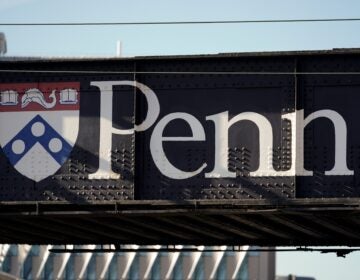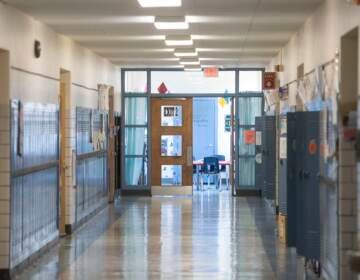Lincoln University explores the Black diaspora via sugar cane
Premiering Wednesday at Lincoln University, a multidisciplinary performance explores the Black Diaspora through the lens of sugar cane.
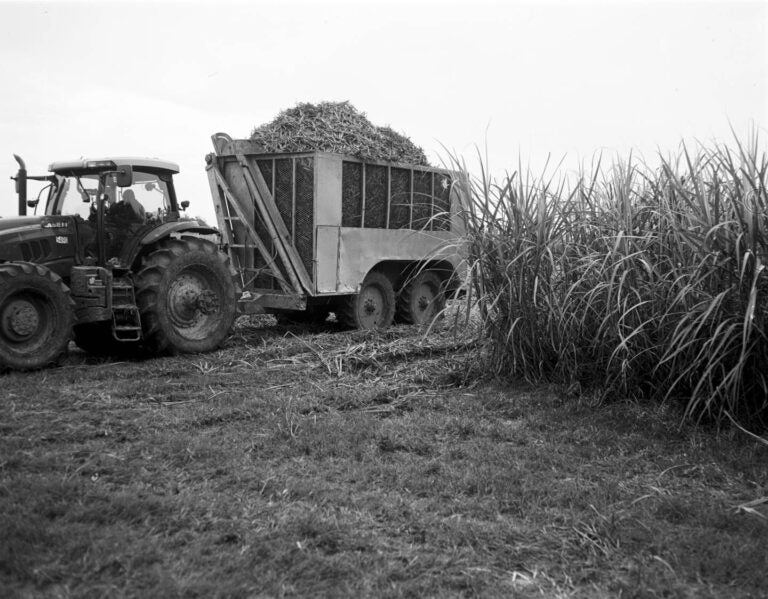
A sugar-cane farm belonging to Levert St. John Inc. in St. Martinsville, Louisiana. (Sasha Phyars-Burgess)
From Philly and the Pa. suburbs to South Jersey and Delaware, what would you like WHYY News to cover? Let us know!
Where is the sweetness in your life?
Lincoln University students contemplated this question, gazing into photographs depicting the historical impact of sugar cane and the Black diaspora.
The photographs, documented worldwide by Sasha Phyars-Burgess, a 2023 Guggenheim Fellow, are part of “Ratoon,” a larger collective and communal multimedia experience premiering this Wednesday at Lincoln University.
“We were all inspired by Sasha’s work, and how much like a modern-day Zora Neale Hurston she is,” said Yolanda Wisher, a former-Philadelphia Poet Laureate who worked to create the meditative experience.

Documenting thousands of photos as she crossed the world behind her lens — stopping in Louisiana, Senegal and Trinidad — Phyars-Burgess captured the global impact of sugar cane plantations on the people and land of the Black diaspora.
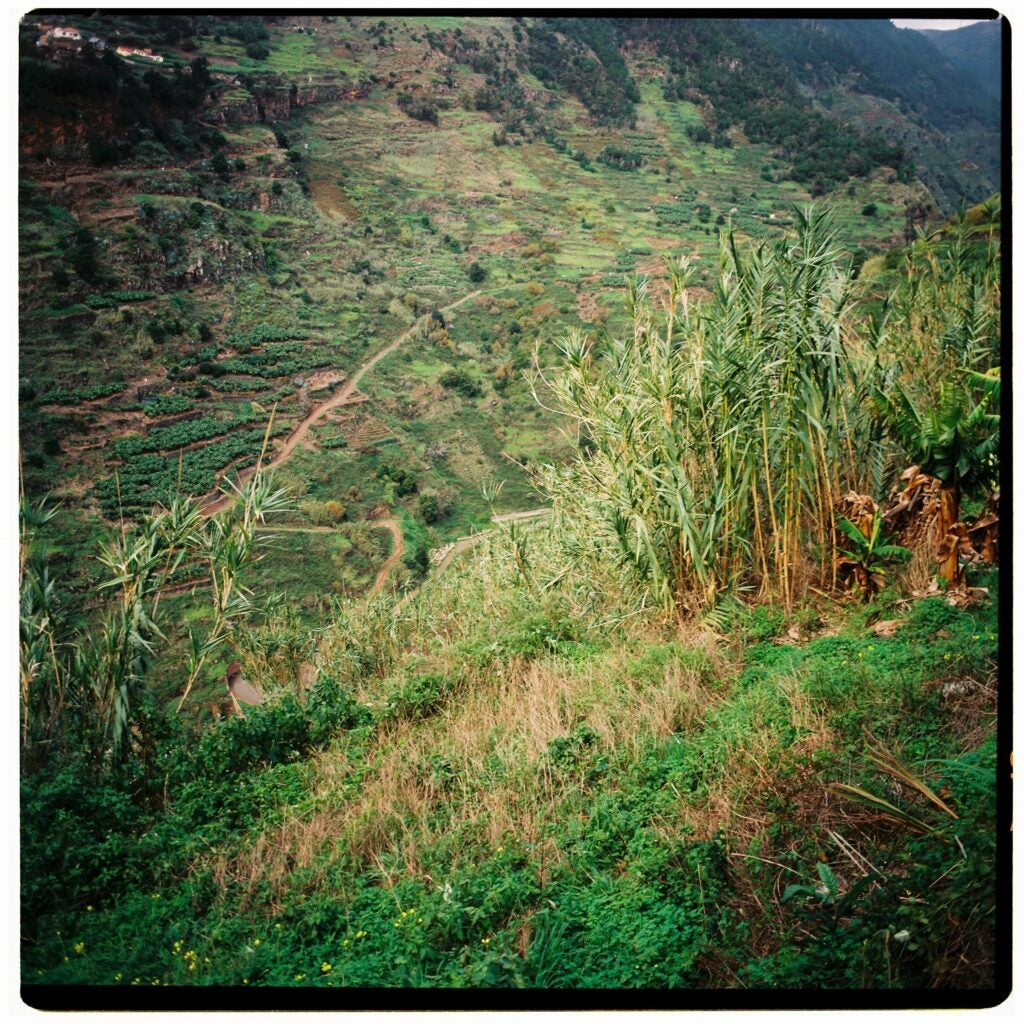
“I technically got my answer, but the truth is I’ll never really get my answer,” Phyars-Burgess said. “I think it’s more about trying to understand the livelihoods and the conditions that led up to this kind of massive event and to honor the lives of African people who were enslaved to cultivate this plant.”
At Lincoln University, the renowned institution recognized as the first historically Black college or university (HBCU) in the United States to grant degrees, Wisher introduced the photography of Phyars-Burgess.
There, they organized a poetry writing session that involved students from various disciplines. With over a hundred pieces of poetry coming out of these workshops, Wisher selected one line from each poem and combined them to create a unified piece, termed a block poem.,
“All of the poetry was there in the writing they produced, it was just me working as the curator of that,” Wisher said.

That poem has been composed into music by Sumi Tonooka, the 2023 Pew Fellow and jazz pianist, and will be performed Wednesday by the 58-member Lincoln University Concert Choir. The choir performance will be accompanied by a gallery of Phyars-Burgess’s photographs, and poem performances by Ashley Gillard and Jeninya Holley, two Pan-Africana Studies majors, and Maxwell Gedzah, a political science student.
Wisher took inspiration from the notion of cutting sugar cane down to its ratoons, the plant’s newest sprout at the base, gradually weeding away as a poem gets distilled down.
A culmination of a year’s worth of work and a $600,000 grant from the Andrew W. Mellon Foundation to Revitalive Black Studies, Wednesday’s premiere is curated by Pia Deas, a Professor of English at Lincoln University’s department of language and literature.
“We didn’t really focus per se on the oppressive aspects of it even though the sugar cane industry is absolutely brutal, but [rather] this idea that you can find resistance and creativity and beauty, even in the hardest places,” Deas said.

It’s now been a few years since Phyars-Burgess’s photography first caught Deas’s eye at a pre-pandemic exhibit in Philadelphia. As Phyars-Burgess, who is based in Bethlehem, Pa., set off on the sugar cane photo documentary, Deas saw a parallel with Hurston’s travels as an ethnographer and novelist, and thus, Ratoon had its genesis.
“Zora Neal Hurston walks so that I can run,” Phyars-Burgess said, adding that she knows her travels to document the Black diaspora are valued because Hurston established a place for such documentation.
As for Phyars-Burgess herself — being born in Bedford Stuyvesant, a neighborhood in Brooklyn, N.Y., to Trinidadian parents — she was curious about what her ancestors were doing during slavery. Feeling isolated as a Trinidadian-American, she learned of the history of sugar cane and immediately became obsessed, beginning her ongoing sugar cane photo collection.
“I hope that me looking to the past that way brings attention to the present,” Phyars-Burgess said.
The free premiere begins Wednesday at 7 p.m. in Lincoln University’s Ware Auditorium.
WHYY is your source for fact-based, in-depth journalism and information. As a nonprofit organization, we rely on financial support from readers like you. Please give today.


